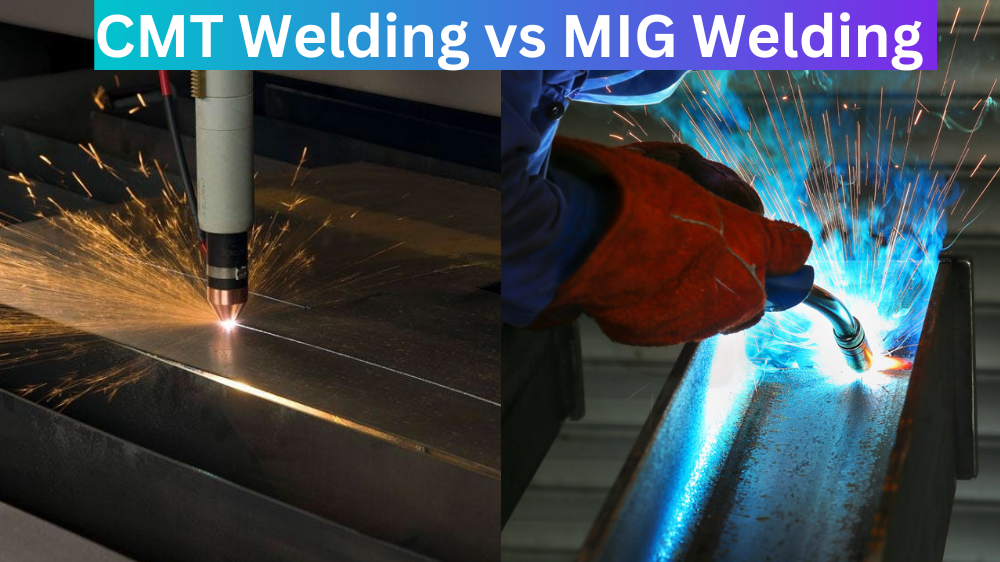Sand casting is a process that has been used for centuries and continues to be used today. It is a versatile method that can produce a variety of shapes and sizes, but it does come with certain drawbacks. If you are considering sand casting for your next project, it’s important to understand both the advantages and disadvantages before proceeding. Let’s break down what you need to know about sand casting.
Advantages of Sand Casting
The first advantage of sand casting is its low cost. This makes it ideal for larger production runs because the cost per unit decreases as more units are produced. Also, sand-casting molds can be reused, reducing the cost even further. Another benefit of sand casting is its versatility; it can produce almost any shape or size of the product, so long as it fits into the mould. Finally, sand castings have aesthetically appealing surfaces since no machining is required after production.
- Sand casting is one of the most popular and oldest types of casting.
- Sand casting allows for a wide variety of shapes and sizes to be cast.
- Sand casting is relatively inexpensive and does not require as much precision as other types of casting.
- Sand casting uses various materials, including metals, plastics, and ceramics.
- Sand casting is a versatile process that can be used for a wide range of applications.
Disadvantages of Sand Casting
One disadvantage of sand casting is its high labour costs due to the time and effort required to create each mold. Additionally, although most metals can be used in this process, some materials need to work better with sand casting due to their high melting point or reactivity with other substances in the mould material. Furthermore, there may be limitations on how intricate a design can be because the fine details may not survive during pouring or cooling. Lastly, when compared to other metalworking processes like die-casting or forging, sand-casted products tend to have lower strength and durability due to their porous nature caused by trapped air bubbles in the mold material during solidification.
Limited to Low-Melting Metals
One of the primary disadvantages of sand casting is that it can only produce metal products with a low melting point. This includes metals such as aluminium, bronze, and lead. Sand casting cannot be used to produce products made from metals with a high melting point, such as steel.
Requires a Lot of Sand
Another disadvantage of sand casting is that it requires a large amount of sand to create the mold. This can be an issue for foundries that are located in areas where sand is not readily available or is very expensive. Additionally, the sand must be of a certain quality to create an effective mould.
Time-Consuming Process
Sand casting is also time-consuming, as the mold must be created before the metal product can be cast. This can add significant costs to the overall production process. Additionally, the mold can only be used once, so any errors made during the casting process cannot be corrected.
Limited Design Flexibility
Another disadvantage of sand casting is that it offers limited design flexibility. This means that products that are created using this method must conform to certain shapes and sizes. This can be an issue for companies that need to produce products with unique or complex shapes.
Requires skilled labour
Finally, sand casting also requires skilled labour to produce high-quality products. Companies need help finding qualified workers to operate the equipment and perform the necessary tasks.
Conclusion:
Sand casting has been around for centuries and continues to be a popular metalworking process today due to its low cost and versatility when producing large batches of products in various shapes and sizes. However, this method has some drawbacks, such as its high labour costs and limited detail capabilities when compared to other metal working processes like die-casting or forging that result in lower strength and durability. Ultimately it’s essential to weigh all these factors before deciding if sand casting is right for your next project.

A passionate metal industry expert and blogger. With over 5 years of experience in the field, Palak brings a wealth of knowledge and insight to her writing. Whether discussing the latest trends in the metal industry or sharing tips, she is dedicated to helping others succeed in the metal industry.




